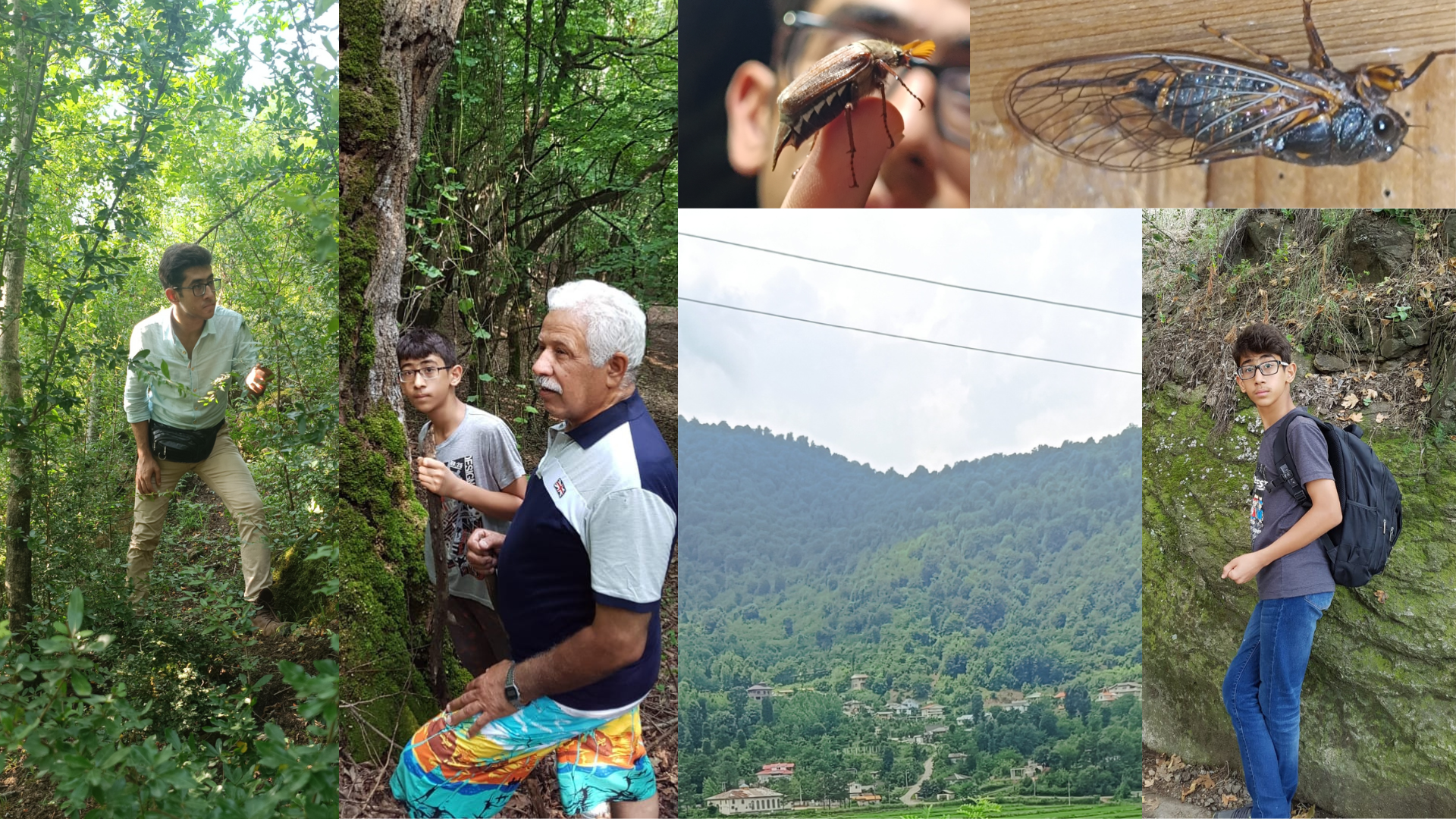Let's take a look at a revolutionary movement that continues to pave the way for systemic change! The Youth Climate Movement is an excellent example of united youth led action that breaks systemic barriers of exclusion and capitalist individualistic ideology. Let’s unpack why the Youth Climate Movement emerged, the significance of the movement, its impact, and what we can learn from it.
Emergence of the Youth Climate Movement
Action and speech against the degradation of our shared home, Earth, has been prevalent since the industrial revolution (1760 to 1840) when people started questioning this utopian world that we were being offered by industrial practices. Eunice Foote, a scientist and women's rights activist, made invaluable discoveries and contributions that were crucial in laying the foreground for climate science from as early as the mid 1800s, however, due to the ruling patriarchal and newer capitalist society Foote’s work alongside others were overlooked. The crucial question of “at what expense?” never resulted in a reflection on the potential long-term consequences of this new way of living. Unfortunately, the human race entered this new era with little to no concern of the impact that our actions could have on human and more than human life, ushering in a time of unprecedented disconnect. The industrial revolution and the capitalist system that came soon after siloed our ways of living into something so alienating that our relationships with each other, the planet, and our co-habitants of the planet dampened.
Until the effects of our actions became noticeable to the human eye, we lived in the bliss of ignorance. Effects such as heat waves, floods, - predominantly occurring in the Global South - and melting glaciers were all signs of something very wrong. However, the lack of awareness and conversation about this new problem we were encountering, coupled with the fact that the negative effects of our actions primarily impacted regions and communities that have historically faced oppression, specifically those in the Global South, made it easier for us to turn a blind eye to the issue at hand. Fortunately, the Climate Movement and more specifically the Youth Climate Movement has started to change this. By questioning our ways of living and understanding and experiencing the effects of global warming, young people globally have united to demand climate justice.
The Significance of the Youth Climate Movement
The call for climate justice is a call of liberation for all and the fight against climate change is one of intersectionality, i.e. interconnecting issues of race, class, and gender, among others, and looking at how they intersect with climate justice. It is a problem that has an impact on all of us, but some more than others, prompting us to consider how climate change affects the most vulnerable among us.
In the same way that the origin of this crisis is complicated, the ongoing fight against it is even more complex. This is why the intersectional call for climate justice is so significant, it's a fight that connects us all by the inherent need to preserve life whilst speaking to intergenerational social injustices. When we say the climate movement is intersectional we mean that without racial justice climate justice is obsolete, without gender and identity justice climate justice is null and without environmental justice climate justice is void.
To effectively combat climate change we have to fight all layers of injustice within society, we have to unlearn disconnected ways of living and relearn ways of living that are kind, adaptable, and just. This is the world that the Youth Climate Movement envisions.
It is also worthy to note the significance of this movement being youth-led. Driven by the desperate need to live in a world without climate catastrophe, young people globally have united in what is one of the biggest movements of young people to date, to demand the future they rightfully deserve. As youth activist Tahsin Uddin notes, “Though we the young people are not responsible for climate change, it will have a greater impact on us.” The uprising of youth, refusing narratives of capitalism in the face of climate change is incredibly powerful.
Lastly, let's take a look at the significance of the Youth Climate Movement being glocal (Global and Local). Many organisations within the YCM began as initiatives local to a specific region but after time and exposure they expanded into national and even global organisations. Not only does this broaden the reach of their work but it also allows for their work to truly be inclusive and accessible in a global context, connecting communities from all around the world to collectively create meaningful change in all corners of the world.
The Impact of the Youth Climate Movement
This movement has prompted an essential conversation on our existence in relation to the natural world and each other. It has uplifted the experiences and stories of communities on the ground affected by the climate crisis and has been central to many advocacy initiatives.
Taking a look at Fridays for Future, - a global youth-led movement, initiated by Greta Thunberg, of students protesting through skipping school on Fridays in an effort to raise awareness and action against climate change - we can clearly see the power of united action. For example, Disha Ravi, a climate activist and leader of the FFF chapter in India has been instrumental in enabling meaningful and powerful change within the country. Through prompting a virtual strike and campaign against a problematic Environmental Impact Assessment proposed by the Indian government, Disha alongside many climate activists in India succeeded in bringing attention to the issue through initiating a mass email message to the country’s environmental minister which resulted in huge media coverage. This is undoubtedly one of the movement's greatest achievements: calling out companies and public figures responsible for the destruction of our environment, inspiring people to take action and make their voices heard, allowing them to believe that even common citizens can speak up and make a difference (Martina Igini, 2022)
Another incredible organization within the Youth Climate Movement is Zero Hour, the mission of Zero Hour is to center the voices of diverse youth in the conversation around climate and environmental justice. Zero Hour is a youth-led movement creating entry points, training, and resources for new young activists and organizers (and adults who support our vision) wanting to take concrete action around climate change (Zero Hour). This movement has been central to the upliftment of youth within the United States. For example, their Zero Hour 101 program provides youth with the information and skills needed to elevate their capacities to create and organize meaningful climate justice.
And lastly the African Climate Alliance, an organization within the Youth Climate Movement that has done wonderful work, aims to tackle the climate crisis through an afro-centric lens, demanding justice rooted in decoloniality, equity, and liberation. The African Climate Alliance, alongside two other environmental organisations, launched a case against the South African government who planned to introduce new coal-fired power in 2021. This is the first time in South African history that youth have led on a climate change court case against the government (African Climate Alliance) Through ACA’s education, advocacy, and action initiatives they have provided a space for young people across Africa to connect and identify with a community in an effort to enable real climate justice.
In conclusion there are a lot of important lessons that we can learn from the Youth Climate Movement. The YCM represents not only a way forward in a world that is adamant on maintaining the status quo but it also offers hope to a generation that is quite frankly petrified.
In unpacking the YCM, I feel it is key to address 3 aspects of the movement that collectively allows for climate justice; education, youth, and community.
==≥ Education: In order to create meaningful change in the face of any injustice, we need to understand the history, context and root causes of the problem. It is only then that we can make sense of the issue and start to create systemic solutions.
==≥ Youth: Young people are breaking societal barriers and demanding a seat at the metaphorical table, providing the movement with a powerful narrative that cannot be easily dismissed.
==≥ Community: The glocal nature of the YCM provides and acts as an example of a true united community in the face of the climate crisis while emphasizing the capacity we all share that allows us to create meaningful change.
Let's continue to honor, and learn from the Youth Climate Movement in an effort to pursue climate justice for our planet, humanity and the more-than-human life.
.webp)
.png)




Comments